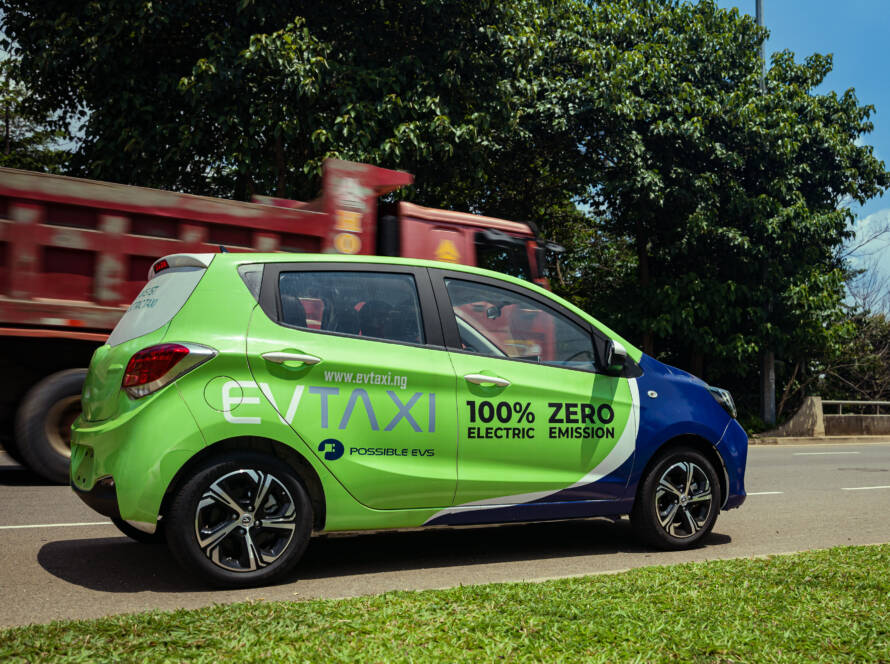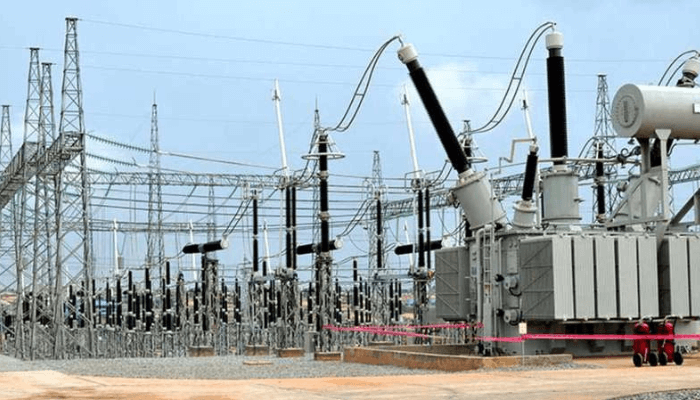The transport industry, through electric vehicle production, is leading the way to a zero-emission economy of the future. Part of the steps toward widespread adoption of electric vehicles is understanding the lingo of this new technology that is fast becoming part of our everyday lives.
The following is a comprehensive glossary of electric vehicles and green mobility term to help you better understand this rapidly evolving industry.
EV (Electric Vehicle): A general term that encompasses all vehicles powered by electricity, including battery electric vehicles (BEVs) and plug-in hybrid electric vehicles (PHEVs).
BEV (Battery Electric Vehicle): A type of electric vehicle that relies solely on a rechargeable battery pack for power, with no internal combustion engine. It’s a more specific term for electric vehicles.
Internal Combustion Engine (ICEV): a traditional vehicle that relies on fuel to run.
EV Battery: A rechargeable energy storage device used in electric vehicles to power the vehicle’s motor and other onboard systems.
PHEV (Plug-in Hybrid Electric Vehicle): A hybrid vehicle that combines an internal combustion engine with a battery and can be charged through an external power source. It can run on electric power alone for a limited range.
HEV (Hybrid Electric Vehicle): A vehicle that has an internal combustion engine that uses fuel and an electric motor that stores energy in batteries. An HEV does not need to be plugged in.
Electric Vehicle Supply Equipment (EVSE) refers to the infrastructure used to supply energy for the recharging of electric vehicles (EVs). This equipment typically includes charging stations, connectors, cables, and other necessary components to facilitate the charging process. EVSE manages the flow of electricity from the power source to the vehicle’s battery.
Connector: A device that joins the electric vehicle to a charging station, allowing electricity to flow from the charger to the vehicle’s battery, similar to how a plug connects an appliance to a power outlet at home.
DC (Direct Current) refers to a type of electricity used to charge electric vehicle batteries. DC charging involves supplying electric current in a continuous flow from the charging station to the vehicle’s battery.
DC Fast Charging (DCFC): A high-powered charging method that recharges an electric vehicle’s battery very quickly. DCFC stations deliver a high-voltage DC charge directly to the vehicle’s battery, allowing for much faster charging times than AC chargers or slower DC chargers.
AC (Alternating Current) charging is a method of charging that delivers electric current to the vehicle’s battery in alternating directions. Typically, it takes AC power from the grid and converts it into the appropriate voltage and current for the car’s onboard charger. AC charging is a slower but more common method than DC charging. It’s suitable for overnight charging or at-home charging solutions.
Alternative Fuel Vehicle (AFV): An alternative fuel vehicle is a vehicle that runs on a fuel other than traditional petrol or diesel, such as electricity, hydrogen, natural gas, or biofuels. Examples of AFVs include electric cars, hydrogen fuel cell vehicles, compressed natural gas (CNG) vehicles, etc.
Extended Range Electric Vehicles (EREVs): These are cars that can run on electricity but also have a backup petrol engine for longer trips when the electric battery runs out.
Charging Point Operator (CPO): The person responsible for the operation, maintenance, and day-to-day management of the charging stations.
FCEV (Fuel Cell Electric Vehicle): A type of electric vehicle that uses a hydrogen fuel cell to generate electricity to power an electric motor, emitting only water as a byproduct.
BEVSE (Battery Electric Vehicle Supply Equipment): Refers to the charging equipment used to charge battery electric vehicles.
Combined Charging System (CCS): CSS is a charging system consisting of ports that allows for both AC and DC charging. It’s the standard charging system in electric vehicles.
Regenerative Braking: A technology that recovers and stores energy during braking, which is then used to recharge the vehicle’s battery.
Range Anxiety: The fear or concern of running out of battery charge while driving an electric vehicle. Range anxiety limits the distance a driver is willing to travel.
Charging Infrastructure: The network of charging stations and equipment that allows electric vehicle owners to recharge their batteries.
kWh (Kilowatt-Hour): A unit of energy measurement, commonly used to quantify the capacity and consumption of electric vehicle batteries.
Range: The distance an electric vehicle can travel on a single charge or tank of fuel.
Energy Density: A measure of how much energy a battery can store relative to its weight or volume.
Neighborhood electric vehicle (NEV): A small, electric-powered vehicle designed for short-distance travel within neighborhoods, campuses, or similar environments.
PHEVSE (Plug-in Hybrid Electric Vehicle Supply Equipment): Charging equipment designed for plug-in hybrid electric vehicles.
Charging Speed: Determines how quickly you can charge your EV battery. There are three levels of charging speed: Level 1 Charging, Level 2 Charging, and Direct Current Fast Charging.
Level 1 Charging (fast): A method that involves plugging the EV into a standard household outlet using a basic charging cable. It’s convenient for overnight charging but can take several hours to charge fully.
Level 2 Charging (faster): Uses a dedicated charging station with a higher voltage than a standard outlet. It’s usually installed at home or in public charging stations. Level 2 chargers can recharge an EV much faster than Level 1 chargers.
Direct Current Fast Charging (fastest): DCFC, the fastest charging option, is usually found at public charging stations along highways or major routes. These chargers supply high-voltage direct current (DC) directly to the EV’s battery, allowing for rapid charging. DCFC can recharge an EV up to 80% or more in around 30 minutes, making it ideal for long-distance travel when quick top-ups are needed.
Zero Emission Vehicle (ZEV): A vehicle that produces no tailpipe emissions. The term is typically used to describe electric and hydrogen fuel cell vehicles.
Range Extender: A small gasoline or other internal combustion engine used in some PHEVs to provide additional range when the battery is depleted.
Lifecycle Assessment (LCA): An analysis of the environmental impact of a vehicle, including manufacturing, operation, and disposal, to assess its overall sustainability.
Smart Grid: An advanced electrical grid that integrates renewable energy sources and can communicate with electric vehicles to optimize charging and energy usage.
Energy Management System (EMS): Software or hardware that optimizes the charging and discharging of electric vehicle batteries for maximum efficiency.
V2G (Vehicle-to-Grid): Technology that allows electric vehicles to return excess energy to the grid, contributing to grid stability and potentially earning revenue for vehicle owners.
Green Mobility: A concept that encompasses various sustainable transportation modes and practices, such as walking, biking, carpooling, and electric vehicles, to reduce environmental impact.
Sustainable Transportation: A broader term that includes all forms of transportation aimed at minimizing their environmental and social impact.
Carbon Footprint: The total amount of greenhouse gas emissions produced, often used to measure the environmental impact of a vehicle or transportation mode.


